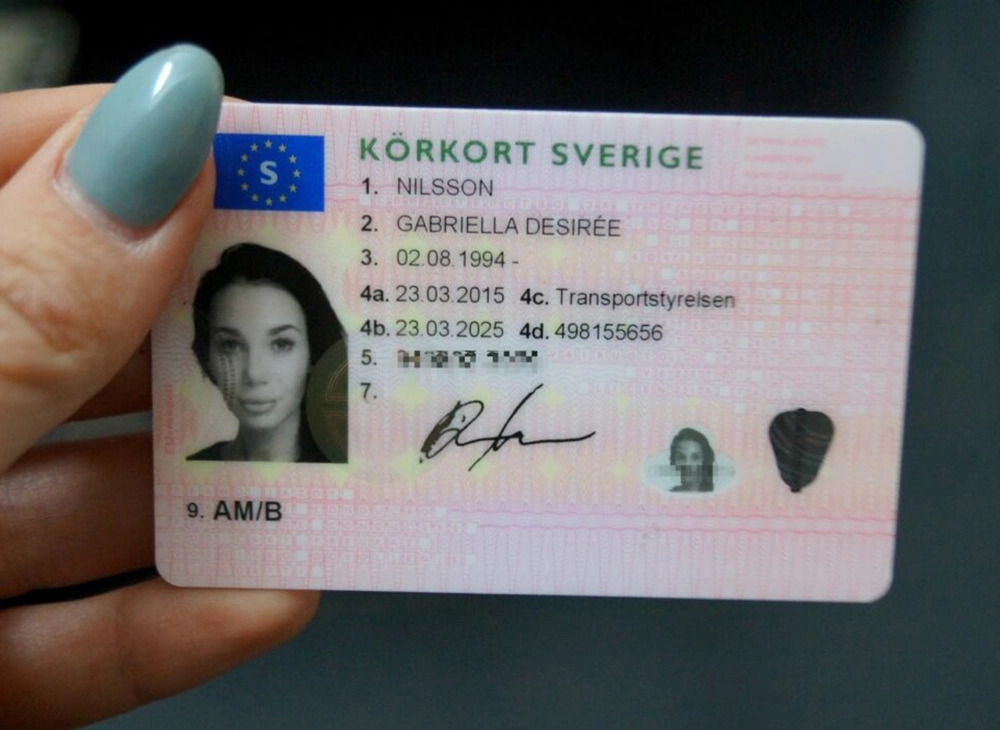The Driving License Id-Handling 2025 Case Study You'll Never Forget
페이지 정보
작성자 Amelie 댓글 0건 조회 4회 작성일 25-09-08 22:45본문

The Future of Driving Licenses: ID Handling in 2025
As innovation continues to develop at an extraordinary rate, various sectors are welcoming developments to enhance user experience and effectiveness. One of the areas experiencing considerable change is identity management, especially worrying driving licenses. With the intro of digital licenses and advanced identification approaches, the landscape of driving license ID handling is anticipated to go through substantial changes by 2025. This post checks out the anticipated developments in driving license ID handling, the implications for users, and answers regularly asked questions about the future of driving licenses.

The Evolution of Driving Licenses
Driving licenses have actually typically served as a way of identifying an individual's authority to operate a motor vehicle. They also serve several secondary purposes, including age verification and identity verification for banking and travel. Nevertheless, the physical card system has restrictions, consisting of dangers of counterfeiting, loss, and outdated info. As society seriously relies on effective and safe and secure identification systems, the transition toward digital licenses is ending up being progressively popular.
Current Trends in Driving License ID Handling
Digital Licenses: Many states are piloting digital driving licenses that allow users to keep their credentials on their smartphones. These digital licenses are created with advanced security functions, consisting of biometric information, and can be scanned or shared securely.
Blockchain Technology: Some jurisdictions are checking out blockchain to improve the security and credibility of driving licenses. This technology ensures that info can not be damaged and that the data is easily proven.
Facial Recognition: Increasingly used in recognition practices, facial recognition innovation can accelerate the procedure of confirming an individual's identity against their driving license. This technology also helps reduce fraud and maintain the integrity of the licensing systems.
Multi-Functional Licenses: juridiskt Köp Am Körkort Online online (Visit Thescouter) Future driving licenses may incorporate additional functions such as health records, travel paperwork, and even payment systems, offering a comprehensive identity option.
The Benefits of Digital Driving Licenses by 2025
The shift towards digital driving licenses provides several benefits, including:
Convenience: Users can access their licenses anytime, which removes the need for physical cards. This is especially useful when people forget their license, as digital copies can be recovered quickly.
Security: Advanced security measures can reduce the threat of identity theft, fraud, and unauthorized duplication. Digital licenses typically consist of encryption and biometric confirmation.
Efficiency: Reduced wait times at government workplaces and during traffic stops, köpa körkort i sverige (visit the following web site) as police can verify digital licenses quickly.
Implications for Users
While the advancements in driving license ID handling present numerous advantages, they also come with difficulties. Users require to adjust to new innovation and guarantee they comprehend the changes and their ramifications. Here are some considerations:
Privacy Concerns: With increased digital footprints, there will be increased concerns over information privacy and how biometric data is kept and utilized.
Availability Issues: Individuals without access to smart devices or digital innovations may face barriers to obtaining and using digital licenses.
Regulatory Compliance: With numerous jurisdictions embracing various systems and procedures, users must know their local laws concerning digital licenses and identification.
Expected Changes in Driving License ID Handling by 2025
| Aspect | Existing Status | Expected Change by 2025 |
|---|---|---|
| License Format | Physical cards | Primarily digital licenses |
| Confirmation Process | Manual checks | Automated biometric verification |
| Security Measures | Fundamental holograms and features | Advanced file encryption and blockchain |
| Jurisdictional Differences | Fragmented procedures throughout states | More standardized national systems |
| User Interaction | In-person renewals and checks | Mobile applications for management |
FAQs
1. What is a digital driving license?A digital driving license is an electronic version of a conventional driving license that is kept on a mobile gadget. It can be used for recognition and verification in numerous circumstances, with boosted security features to avoid scams.
2. How will digital licenses enhance security?Digital licenses use encryption and biometric data, making them harder to create or körkortonline Test abuse compared to standard cards. In addition, blockchain innovation can make sure information authenticity and integrity.
3. Will everyone be required to switch to a digital license?While many jurisdictions are moving toward digital licenses, regulations might vary. Users are motivated to check with their regional licensing authorities for specific standards.
4. What are the possible disadvantages of digital licenses?Some prospective downsides consist of personal privacy concerns regarding information storage, ease of access issues for individuals without mobile phones or digital literacy, and the need for a robust regulative structure to manage security and user rights.
5. How can I get ready for the shift to digital licenses?Stay informed about regional efforts regarding digital licenses, check out readily available mobile applications for managing identification, and cultivate digital literacy to navigate brand-new innovations confidently.
The future of driving licenses and ID handling is poised for significant evolution by 2025. As digital licenses become more common, users will experience improved security, benefit, and performance. However, alongside the advantages come obstacles that will need public awareness and adaptation. Stakeholders should focus on education, regulation, and ease of access to ensure a smooth shift that empowers individuals with the identification tools of the future. As technology advances, so too will the methods through which society manages identity, particularly essential in processes as basic as running a motor lorry.
댓글목록
등록된 댓글이 없습니다.


